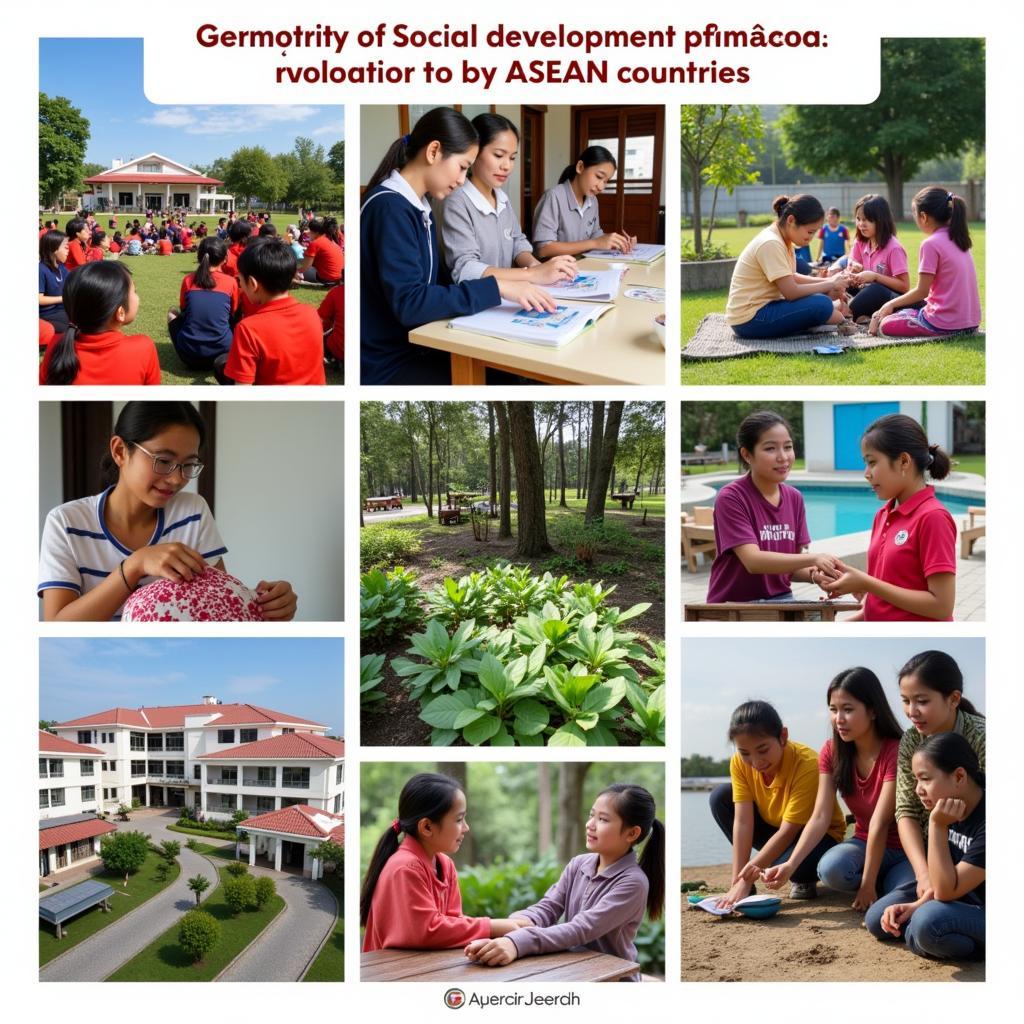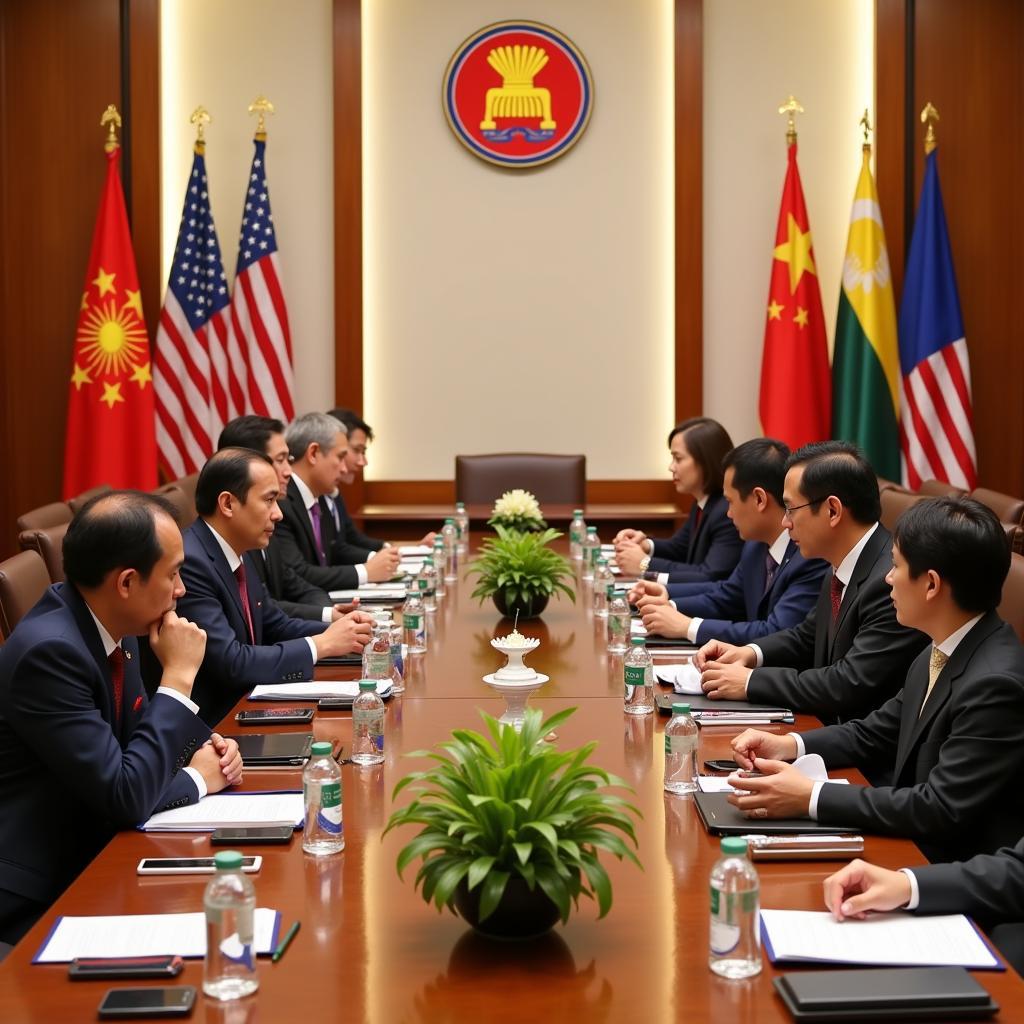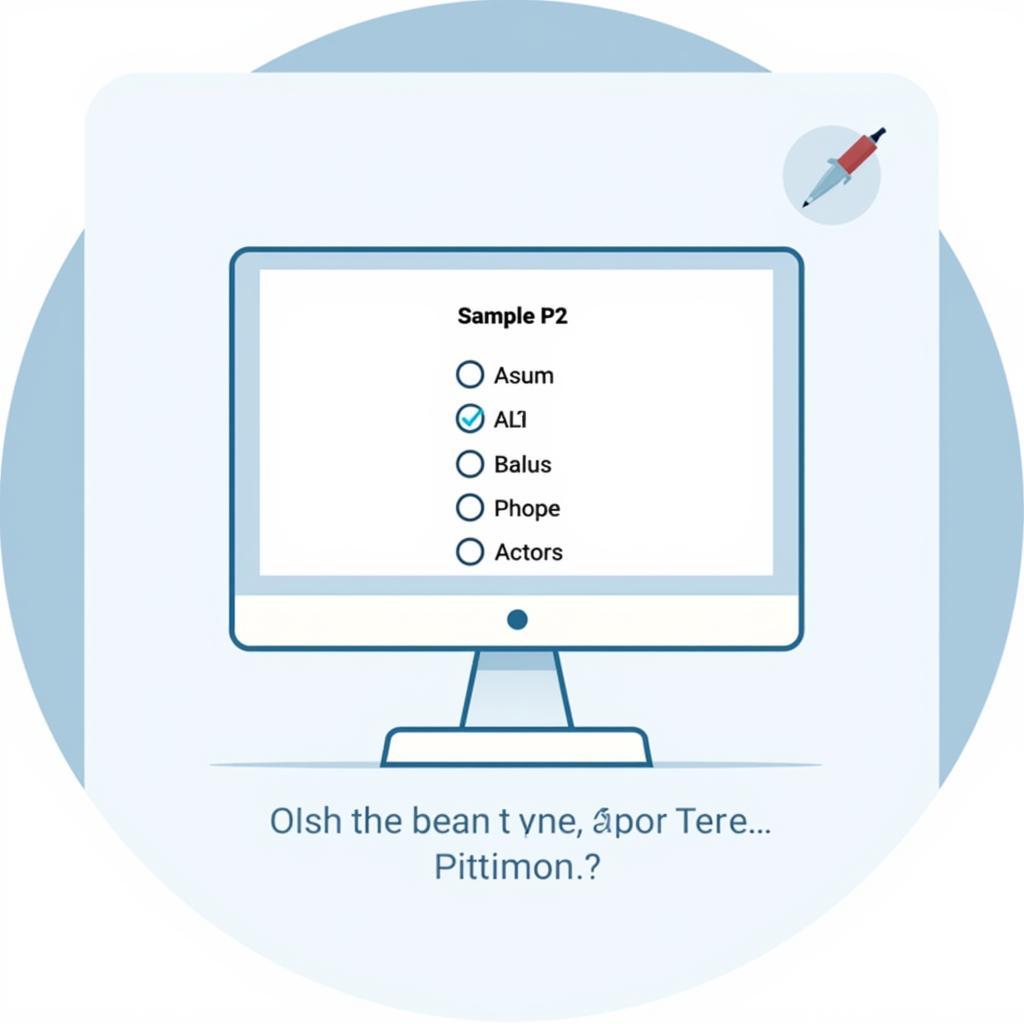Asean 2020 Goals represented a significant milestone in the region’s development. This article revisits those ambitious targets, analyzing their successes, challenges, and the lasting impact they’ve had on Southeast Asia. We’ll explore the key areas of focus and how they shaped the ASEAN community we see today.
Economic Integration and Growth: A Core ASEAN 2020 Goal
A primary aim of ASEAN 2020 was to create a more integrated and dynamic economic region. This involved reducing trade barriers, promoting investment, and fostering greater cooperation among member states. The initiative aimed to create a single market and production base, allowing for the free flow of goods, services, investments, and skilled labor. This was visualized as a region fully integrated into the global economy, benefiting from increased trade and investment. Did ASEAN achieve this ambitious goal?
One key achievement was the substantial reduction in tariffs across the region. This facilitated greater trade within ASEAN and boosted regional economic growth. The establishment of the ASEAN Free Trade Area (AFTA) was instrumental in this progress. However, non-tariff barriers remained a challenge, hindering the seamless flow of goods and services.
Social Development and Human Capital: Investing in ASEAN’s Future
Beyond economic growth, ASEAN 2020 emphasized social development and human capital development. The goals included improving education and healthcare systems, promoting gender equality, and protecting the environment. This focus acknowledged that sustainable development requires not only economic progress but also social well-being and environmental responsibility.
 ASEAN 2020 Social Development and Human Capital Initiatives
ASEAN 2020 Social Development and Human Capital Initiatives
Significant strides were made in education, with increased literacy rates and improved access to education across the region. However, challenges persisted in ensuring quality education and bridging the gap between urban and rural areas. Similarly, healthcare systems saw improvements, but access to quality healthcare remained uneven across member states.
“Investing in human capital is not just a social imperative, but an economic one. A healthy and educated population is the foundation of a thriving economy.” – Dr. Anya Sharma, Regional Development Economist.
ASEAN’s Place in the Global Arena: A United Front
ASEAN 2020 envisioned a region with a stronger and more unified voice on the global stage. The goals included enhancing ASEAN’s cooperation with international partners and playing a more active role in global affairs. This was vital for the region to effectively address transnational issues such as climate change, terrorism, and economic instability. Was ase 2020 deadline met for this goal?
 ASEAN's International Cooperation in 2020
ASEAN's International Cooperation in 2020
ASEAN has increasingly engaged in multilateral forums and strengthened its partnerships with major powers. The region has played a crucial role in shaping regional security architectures and promoting dialogue on critical global issues. However, internal divisions and differing national interests sometimes hampered ASEAN’s ability to present a truly united front. ase echo login provided more efficient communication.
Conclusion: Building on the Legacy of ASEAN 2020 Goals
While ASEAN 2020 goals were not fully realized in every aspect, they provided a crucial roadmap for the region’s development. The progress made across various sectors laid a strong foundation for future initiatives. The lessons learned from the challenges encountered are invaluable in shaping the next phase of ASEAN’s journey towards greater integration and prosperity. ase symboli represents unity. ase document contains detailed information.
FAQ:
- What were the main pillars of the ASEAN 2020 goals?
- How did ASEAN 2020 address economic integration?
- What were the social development objectives of ASEAN 2020?
- How did ASEAN 2020 aim to strengthen the region’s global standing?
- What were some of the challenges faced in achieving the ASEAN 2020 goals?
- What is the legacy of ASEAN 2020?
- How did ASEAN 2020 influence subsequent regional initiatives?
For any support, please contact us at Phone: 0369020373, Email: [email protected] or visit our address: Ngoc Lien Village, Hiep Hoa, Bac Giang, Vietnam. We have a 24/7 customer support team. ase education foundation definition is also available.

